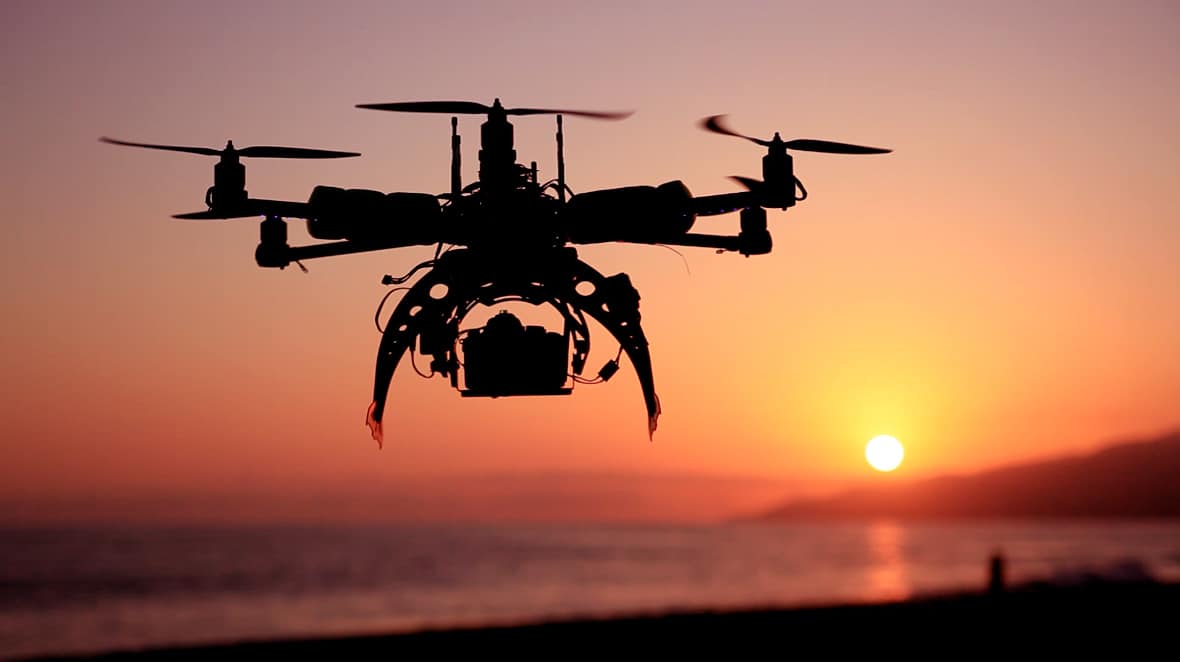As far as cool things go, drones are definitely really high up on that list. The matter is that much cooler when you add the presence of a freaking solar eclipse. And that combination is going live in just a few days…

When and where will this solar eclipse take place?
For those of you who are not familiar with the topic, believe it or not – USA (well, technically entire North America) will experience the first total solar eclipse in 38 years! It’s an amazing phenomenon that happens just every so often which makes it that much more enjoyable.
All over the States, many people are already preparing to watch the eclipse at an excellent location… but with the most recent news, it seems as though several drones will land the best seats.
What will drones do during the solar eclipse?
As the title of this article suggests, several drones will be sent out to study weather changes during the eclipse. If you want a more precise explanation, read the next paragraph below this one.
For now, all you should know is that… no… these drones probably won’t take close up shots of the eclipse. As a matter of fact, drones with zoom cameras are not that common meaning the idea of close-up ends right there.
Jokes aside, this study will actually be of much help to atmospheric scientists who will have one in a lifetime opportunity to get direct readings off the eclipse for their studies. I doubt data analysis will take too long so we’ll get some concrete evidence of weather changes caused by the eclipse by the end of this year presumably.
What’s the story behind this “experiment”?

They consider drones to be ideal for these sorts of studies since they are able to effectively fly in the lower atmosphere. This is slightly below the height of commercial airplanes which means they won’t endanger their flights during their missions. Furthermore, drones are relatively cheap to properly set up and take off into a mission. However, don’t take these hexacopters for granted. If they’re relatively cheap for universities, it doesn’t mean they’re affordable to an average Joe.
As a matter of fact, drones that will be used for this mission will fly equipped with a whole heap of ultrasonic sensors. Top that off with infrared cameras and sophisticated systems for collecting temperature, humidity and pressure data and you’ll realize we are talking about state of the art drone technology.
What results are we hoping to find out?

In other words, these drones will be sent out before, during and after the eclipse to form a comprehensive structure of readings for further analysis. During the eclipse, the air will slightly cool down since there’s no direct contact from the Sun.. and it seems as though scientists are sure these readings could leave to potential breakthroughs in their fields.
While I don’t know much about science, what I do know is that this mission seems EPIC AF!
- Best Drones Under $100 With Camera [Comparison Table] - October 21, 2022
- How High Can A Drone Fly? 10 Best High Altitude Drones [Comparison Table] - October 17, 2022
- 5 Drones That Are Perfect For Indoor Flights - October 16, 2022
